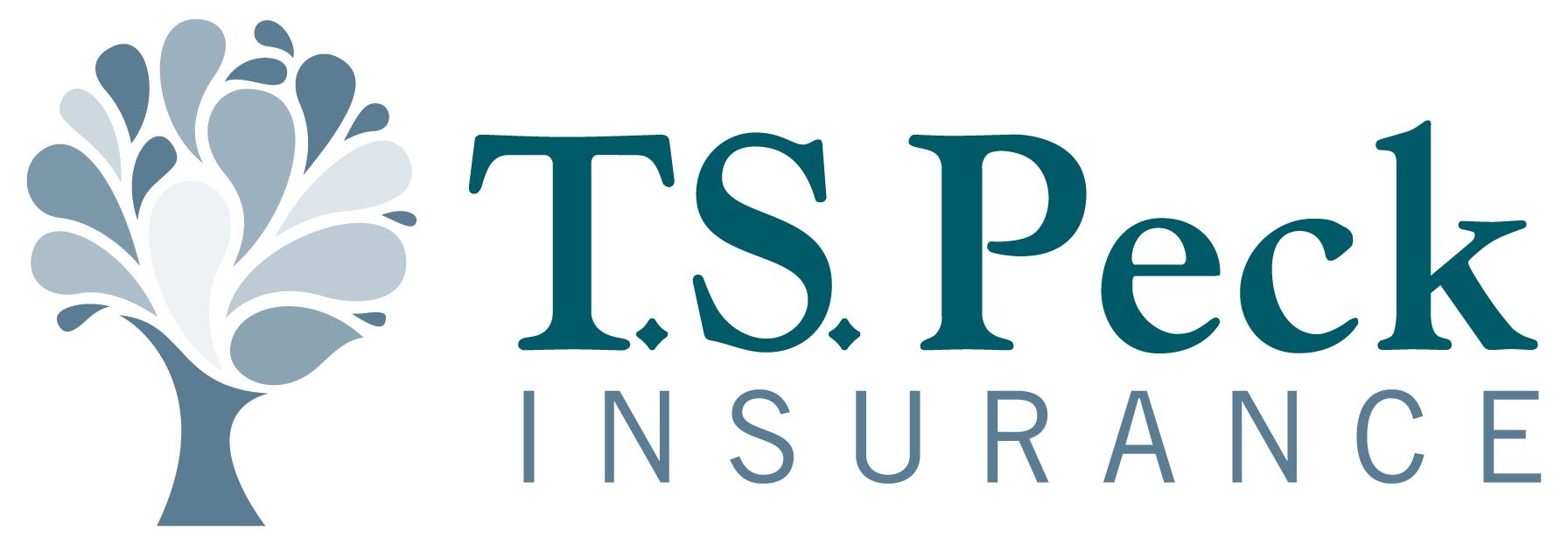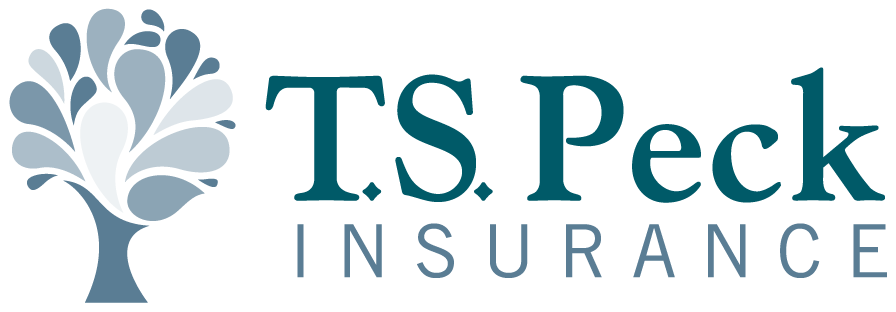Renters insurance policies help protect Vermont residents who rent their living space from a number of risks. Here’s a guide to how most renters policies define the risks they offer protect from.

What Risks Are Included in My Vermont Renters Insurance Policy’s Protections?
Renters Coverage is Usually an HO-4 Policy
Within the insurance industry, renters coverage is usually grouped in with the homeowners insurance policies (as are condo policies). Each different type of policy within the group is identified using a standard abbreviation. For example, most homeowners policies are HO-2, HO-3 or HO-5 policies depending on the exact protections they provide.
Renters insurance policies are normally HO-4 policies, meaning they generally follow the standardized HO-4 form. While a few renters policies might deviate from the norm, the vast majority of policies offered in Vermont will have coverages that align closely with what’s found in this form.
HO-4 Form Policies are Named Peril Policies
Most HO-4 form policies are “named perils” policies. Named perils policies typically only cover the risks, or perils, that are explicitly listed on the form. Thus, any risks that aren’t mentioned within the HO-4 form likely aren’t covered by renters policies that follow this form.
The HO-4 form usually lists 16 different perils that the form covers. Some more common risks that are normally included are:
- Lightning, fire and smoke
- Windstorms and hail
- Theft, vandalism and malicious mischief
- The weight of snow, ice or sleet
- Damage from motor vehicles
Some less common risks that HO-4 forms frequently cover are:
- Civil commotion and riots
- Explosions
- Damaged from aircraft
- Falling objects
- Volcanic eruptions
- Certain damage from artificial electrical currents
- Accidental malfunctions of heating, air conditioning, plumbing and similar systems
(The accidental malfunctions of systems is often broken out in HO-4 forms, which is why forms typically have 16 items but there aren’t 16 items listed here.)
Importantly, both floods and earthquakes are generally absent from the risks listed on HO-4 forms. Renters who would like protection against either of these risks frequently have to purchase an additional, peril-specific policy to guard against floods or earthquakes.

HO-4 Form Renters Policies Provide Additional Protections
In addition to these protections from physical perils, most HO-4 forms include two other protections that aren’t linked directly to physical risks. These other coverages are:
- Liability Coverage, which may cover a range of liability lawsuits that a policyholder might face
- Medical Payments Coverage, which may cover minor injuries that are sustained within a policyholder’s home
Loss of use coverage typically isn’t included in standard HO-4 forms, but many renters policies make this coverage available to policyholders who want it. This coverage can be helpful if a covered incident renders a resident uninhabitable.
Get Help Finding Renters Insurance from a Vermont Agent
While the information listed above is broadly true, there are exceptions. Renters policies can deviate from the norm, and ever policy has its own terms, conditions, exclusions and coverage options. The variation found in policies gives tenants great flexibility when selecting renters coverage, but it also makes reviewing individual policies extremely important because protections aren’t always uniform.
For help finding a renters policy that offers broad protection against many of the risks you personally face, talk with a T.S. Peck agent who specializes in renters insurance. Our agents are familiar with the standard HO-4 form and where renters coverage sometimes deviates from the form’s typical protections and will have the expertise necessary to help you find a policy that provides excellent protection for your particular situation.

